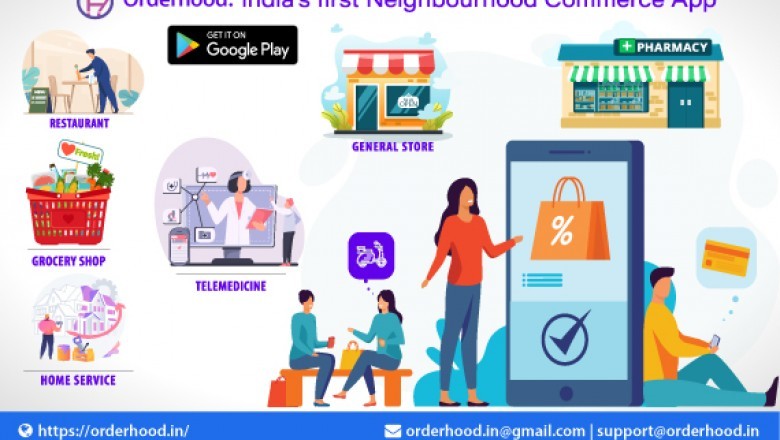views

The Indian retailmarket has seen substantial expansion and transformation in the previous tenyears. In 2008-09, the Indian retail market was worth $275.8 billion dollars,but by 2019 it had increased to $700 billion dollars.
In the comingyears, India is predicted to become the world's fourth-largest retail market,and could be worth as much as $1.1 to $1.3 trillion by 2025.
India's retaillandscape is predominantly unorganised, with independent merchants accountingfor 88 percent of the total retail sector; it is a nation of shopkeepers.
A total of 13million Kirana stores andneighbourhood stores make up this unorganised sector, which is also known asthe informal segment. These stores play an important part in the Indian retailsector, which accounts for over 11 percent of the country's GDP and employsapproximately 8 percent of the country's entire workforce.
Despite theirdifficulties, traditional kirana storesface serious competition from large, highly structured retailers due to thefollowing.
1. Insufficiency of financialresources.
2. Insufficiency of available roomfor expansion. The cost of purchasing a new space is prohibitively expensive.
3. A scarcity of qualified workers asa result of low wages.
The display of windows in the retailstore is lacklustre.
5. The lack of consumer-friendlygoods that are provided in organised retail stores. Sixth, the retail store ispoorly managed.
Notwithstandingthese obstacles, kirana storescontinue to exist in India due to their proximity to customers and consumerconfidence.
The grounds for kirana stores' continued appeal withthe Indian populace are as follows:
1. Because the kirana stores are located in the midstof consumers, they are more handy and time-saving for them. One does not haveto travel to the market to conduct their daily business.
2. Additionally,because they are located in the neighbourhood, they can address people'simmediate requirements. However, eCommerce platforms levy charges if item prices do not meet thebasic criteria. Also things required for things of low value or for purchasesof a single or two items in an eCommerce platform are sold at higher price ascompared to local shops.
3. Theproprietors of kirana stores provideguidance to customers and assist them in choosing the best option.
4. They providethings on credit and even transport goods directly to the buyer's home or placeof business. They accept orders over the phone and also provide consumers withlow-value things that are delivered to their homes.
Stores frequent kirana stores because of therelationship marketing strategy, which makes many people buy from them.
Conclusion
Because of thevastness of India's landscape and the high expense of travel, online grocerydelivery is the most convenient option. With a few clicks on your smartphone,you can have your choice grocery delivered to your door in a matter of hours oreven a single day, eliminating the need for any unneeded and time-consumingjourneys to the supermarket.
As long as youhave an Orderhood app on your Android phone, you will be able to complete allof your grocery orders from the comfort of your own home. In theory, you shouldbe able to finish your grocery shopping in your jammies! It is very easy touse.
Orderhood appgives you the privilege of buying anything from your neighborhood store using asystematic process. It is now easy to find a suitable neighbourhood store ofyour choice and have products delivered to your home in a matter of a fewminutes. Since, it gives a similar experience of buying products online. Onlineneighbourhood shopping is rapidly growing in India mainly due to COVID-19pandemic outbreak. Also, the convenience that people enjoy at affordableprices.











